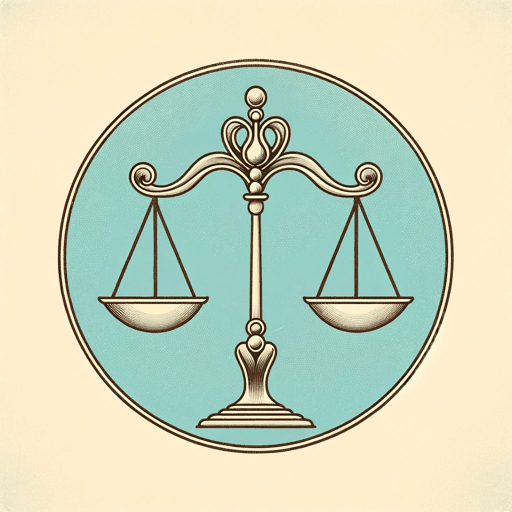57 pages • 1 hour read
Immanuel KantCritique of Pure Reason
Nonfiction | Book | Adult | Published in 1781A modern alternative to SparkNotes and CliffsNotes, SuperSummary offers high-quality Study Guides with detailed chapter summaries and analysis of major themes, characters, and more.
Summary
Prefaces and Introduction
Part I: “Transcendental Aesthetic”
Part II: “Transcendental Logic,” Book I, Chapter I
Part II: “Transcendental Logic,” Book I, Chapter II
Part II: “Transcendental Logic,” Book II, Chapters I-II
Part II: “Transcendental Logic,” Book II, Chapter III
Part II: “Transcendental Logic,” Division II, Books I-II, Chapter I
Part II: “Transcendental Logic,” Division II, Book II, Chapter II
Part II: “Transcendental Logic,” Division II, Book II, Chapter III
Transcendental Doctrine of the Method
Key Figures
Themes
Index of Terms
Important Quotes
Essay Topics
Further Reading & Resources
Prefaces and IntroductionChapter Summaries & Analyses
Preface A and Preface B Summary
Prior to the proper introduction to the book, Kant provides a preface meant to explain the current (late 18th century) state of philosophy and the value of his forthcoming contribution. Kant wrote a preface in 1781 (Preface A) and a new preface in 1787 (Preface B) because he rewrote parts of the book after it made a splash. Kant opens Preface A by noting the “peculiar fate” of the human capacity to reason (5). Reason is faced with questions that it cannot answer but that it must, of practical necessity, ask nevertheless. Reason generates principles based on experience but illegitimately extends the domain of these principles beyond the realm of possible experience. “By doing this,” Kant writes, “human reason plunges into darkness and contradictions” (6).
The intellectual space of inquiry in which these principles are debated is metaphysics. Kant wants to save metaphysics from a variety of problematic philosophical positions including dogmatism, skepticism, “indifferentism,” and the empiricism of philosopher John Locke. For reason’s proper deployment, it must understand itself. For Kant, the critique of pure reason is precisely that “tribunal” via which reason comes to cognize its own limits (8). Such a critique will remove all the misconceptions of reason, thereby paving the way to an accurate metaphysics.
Related Titles
By Immanuel Kant




